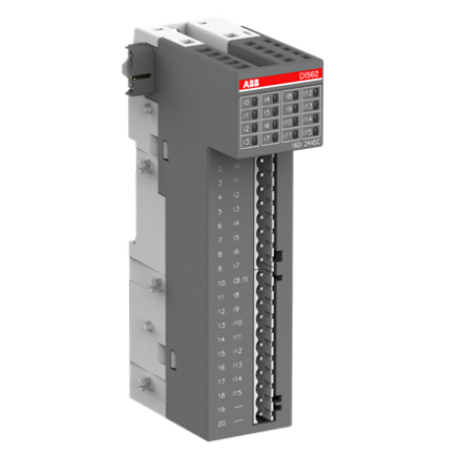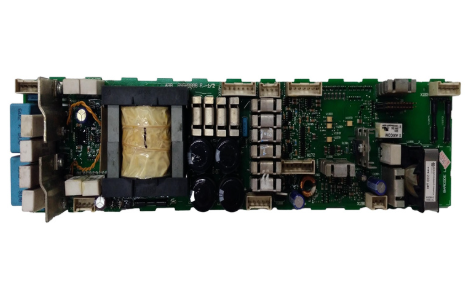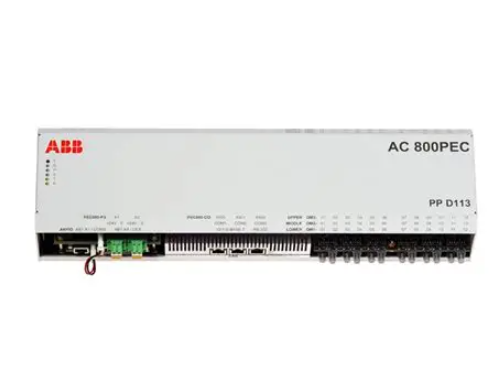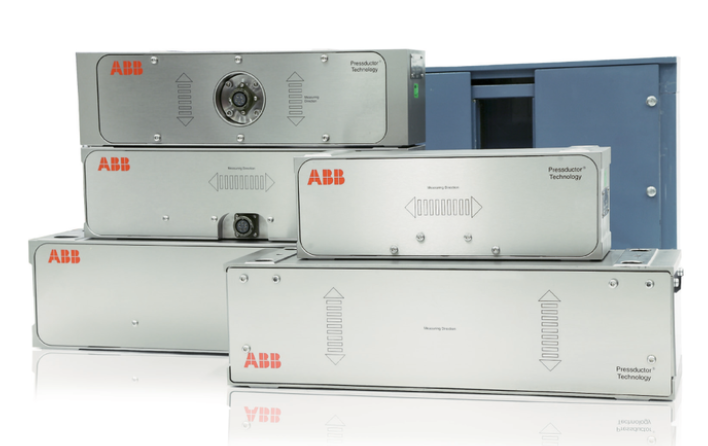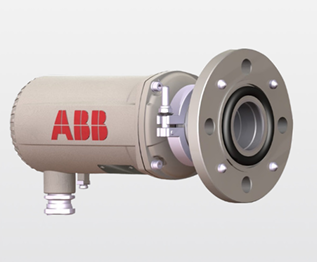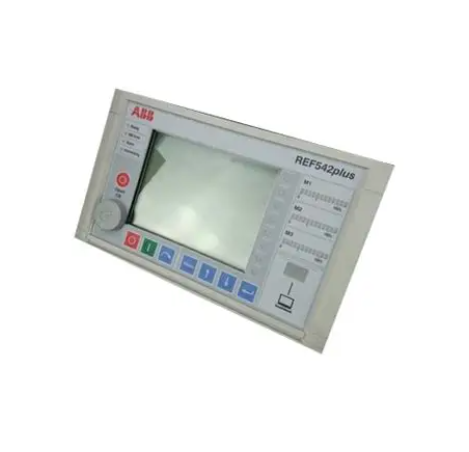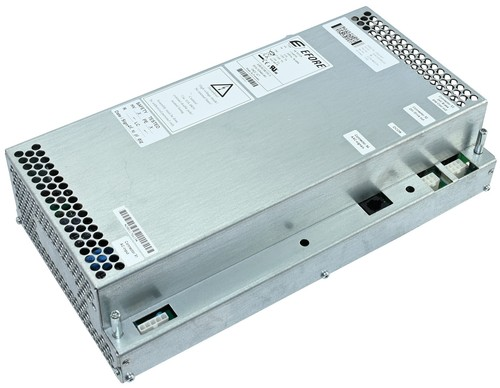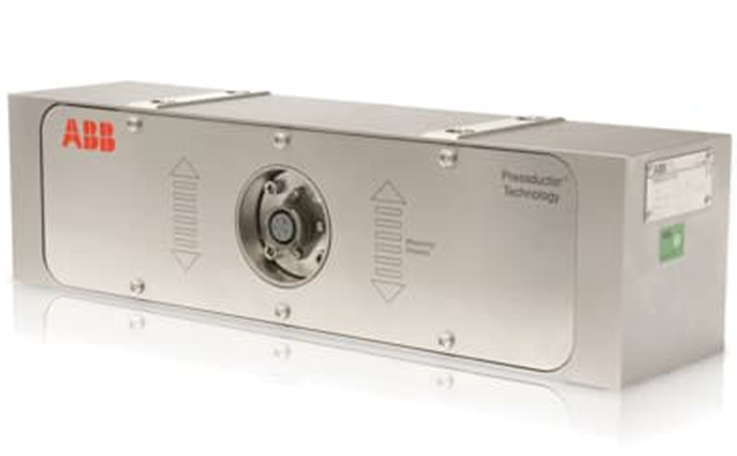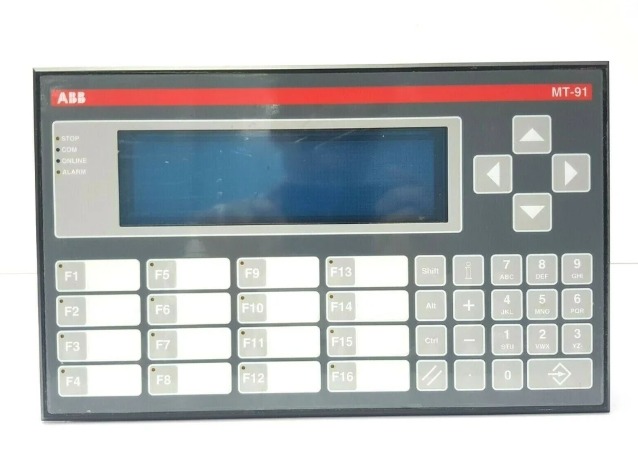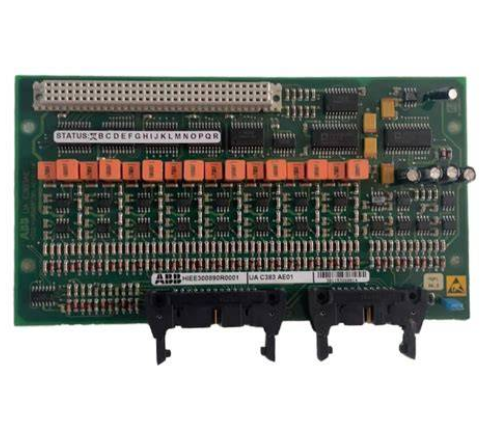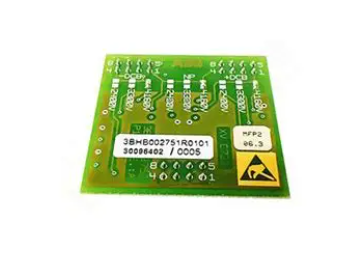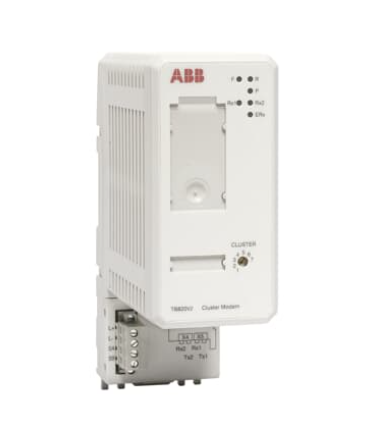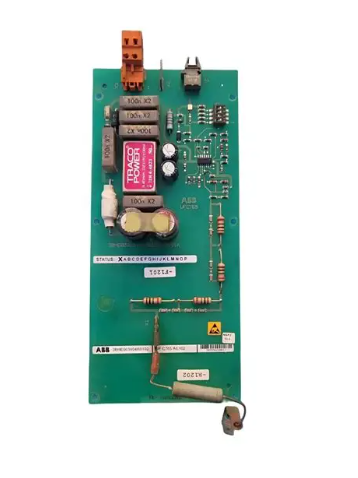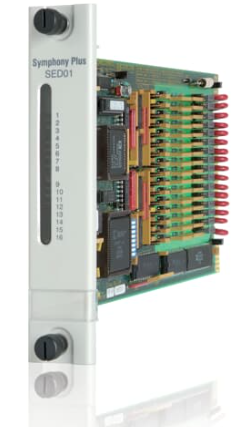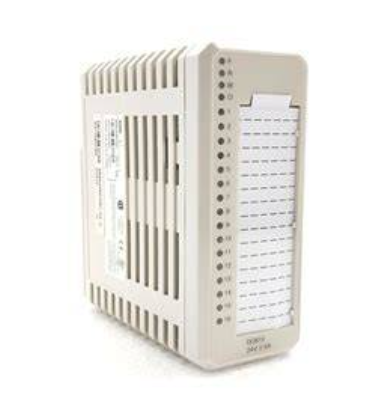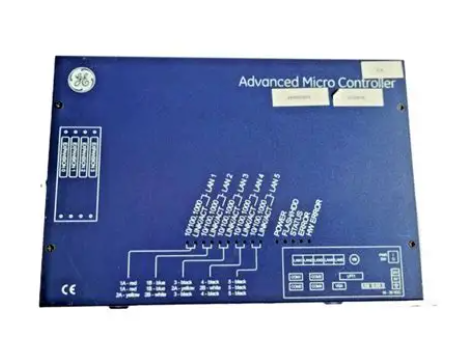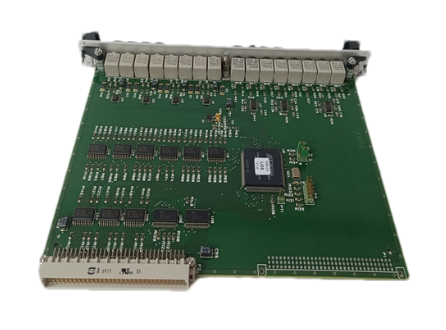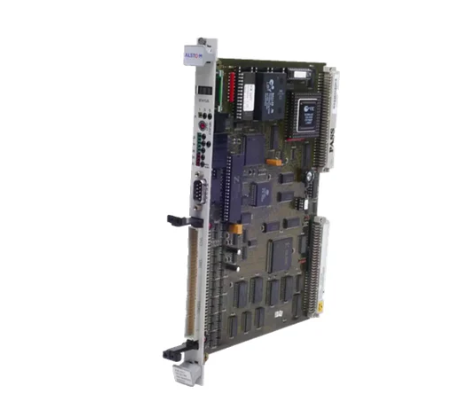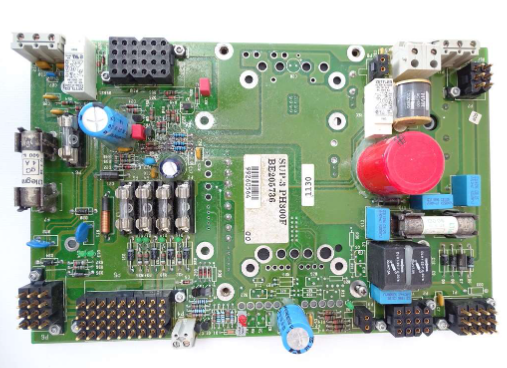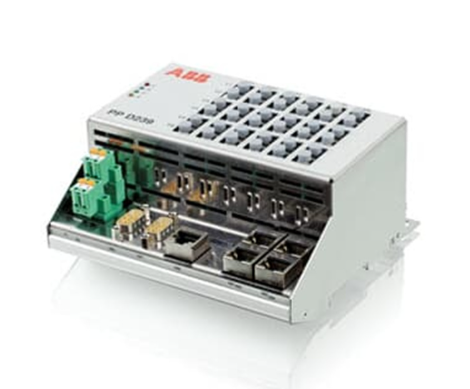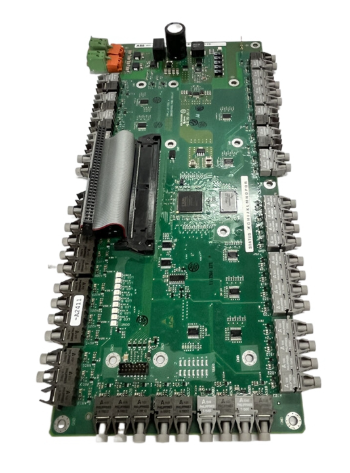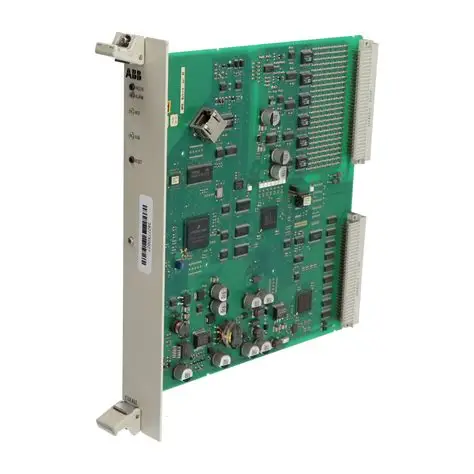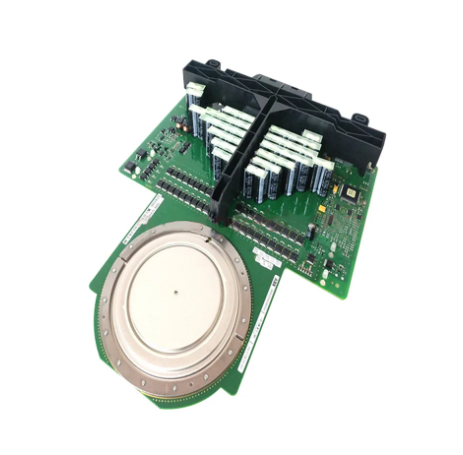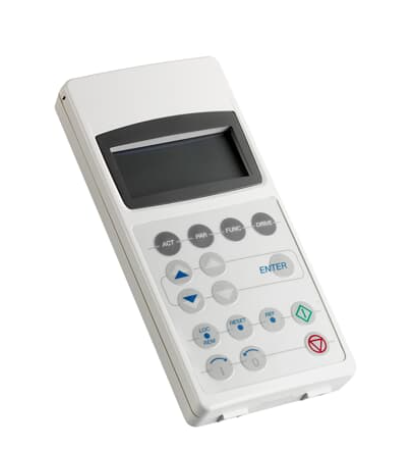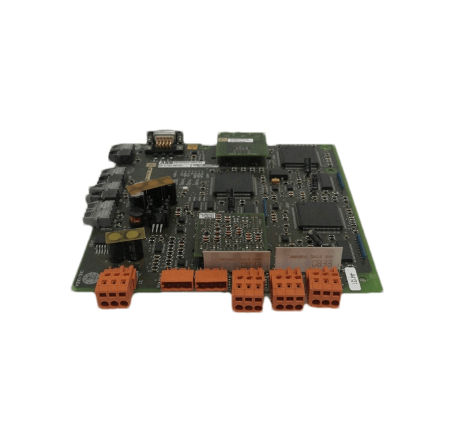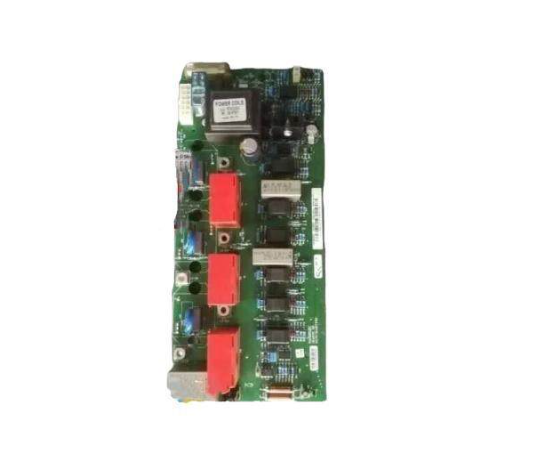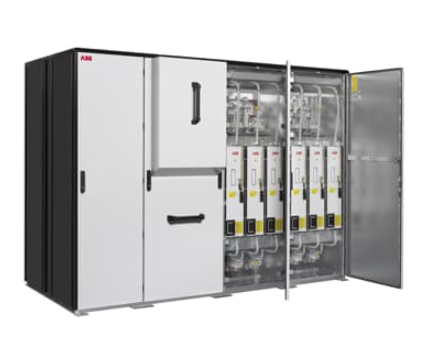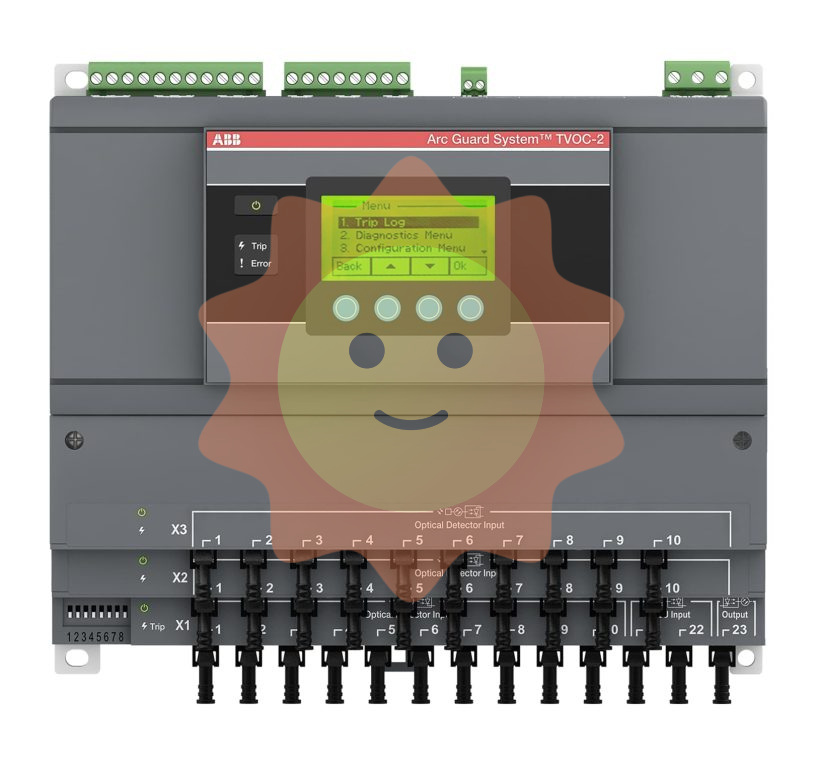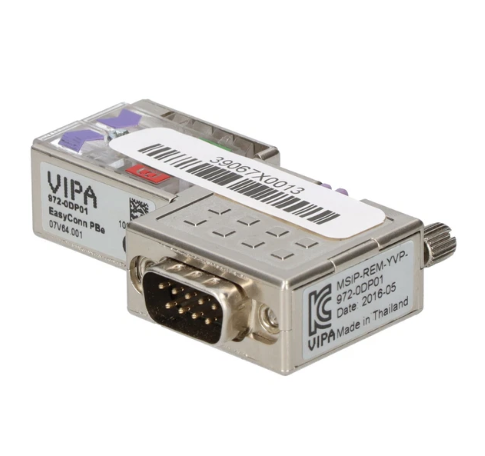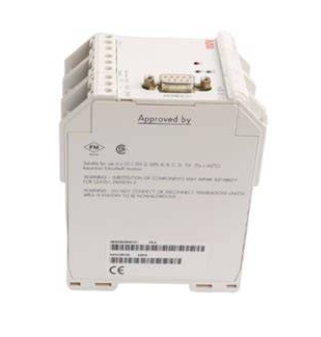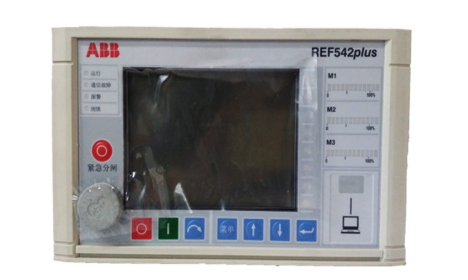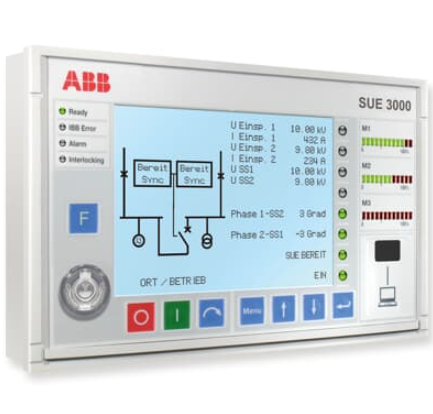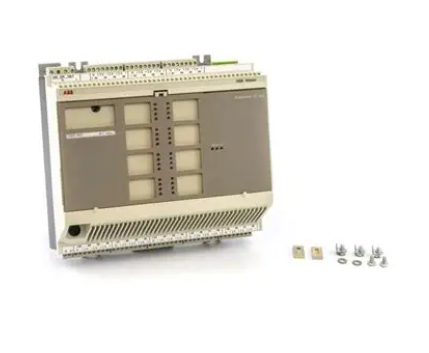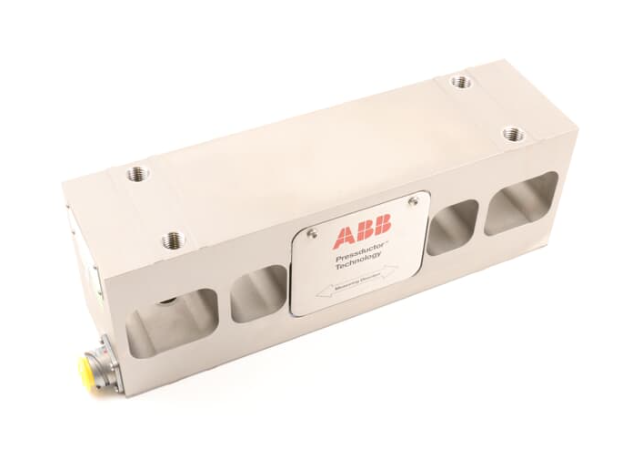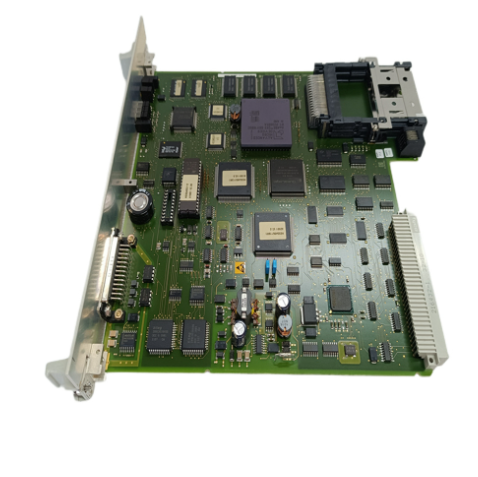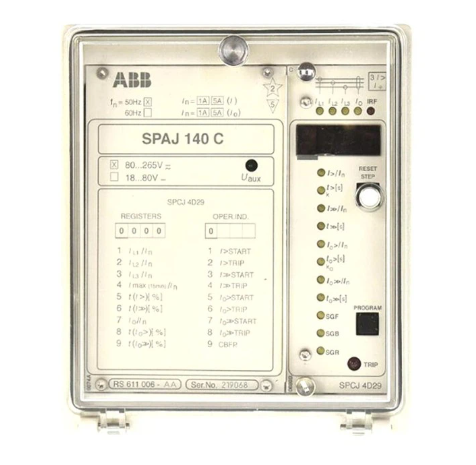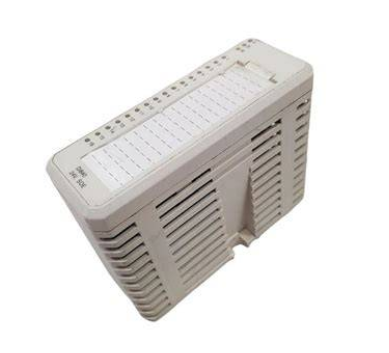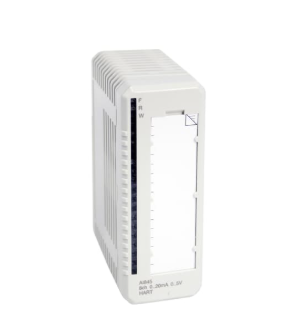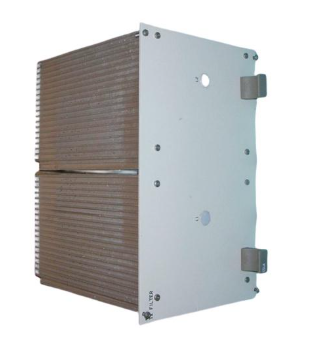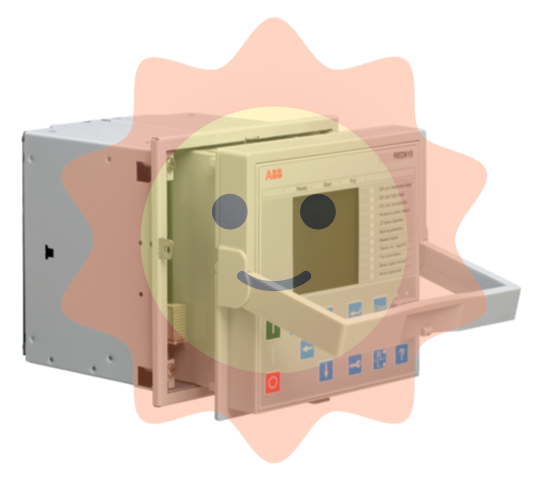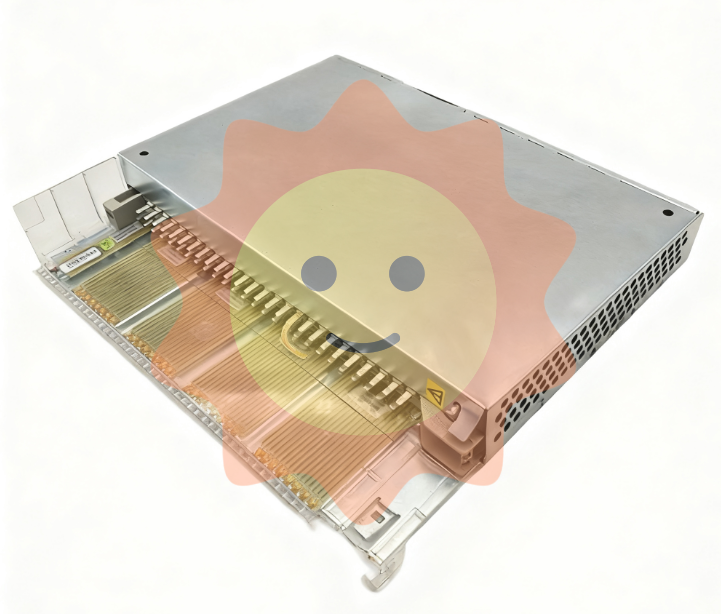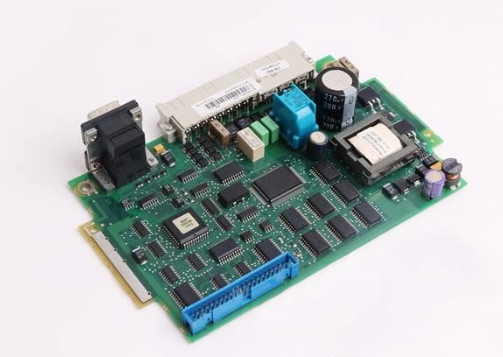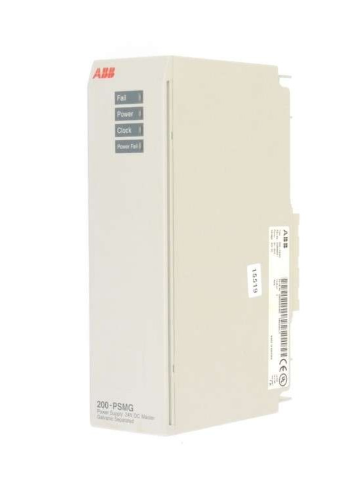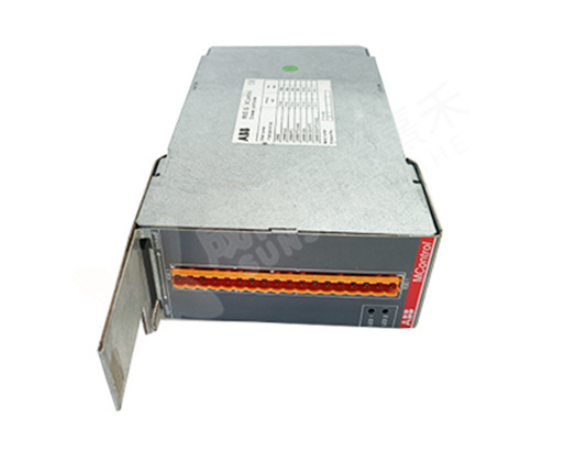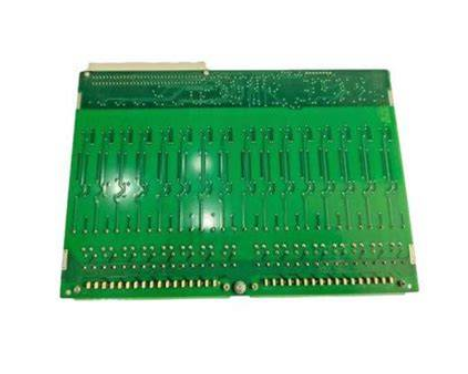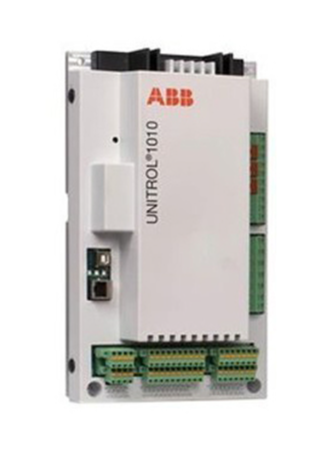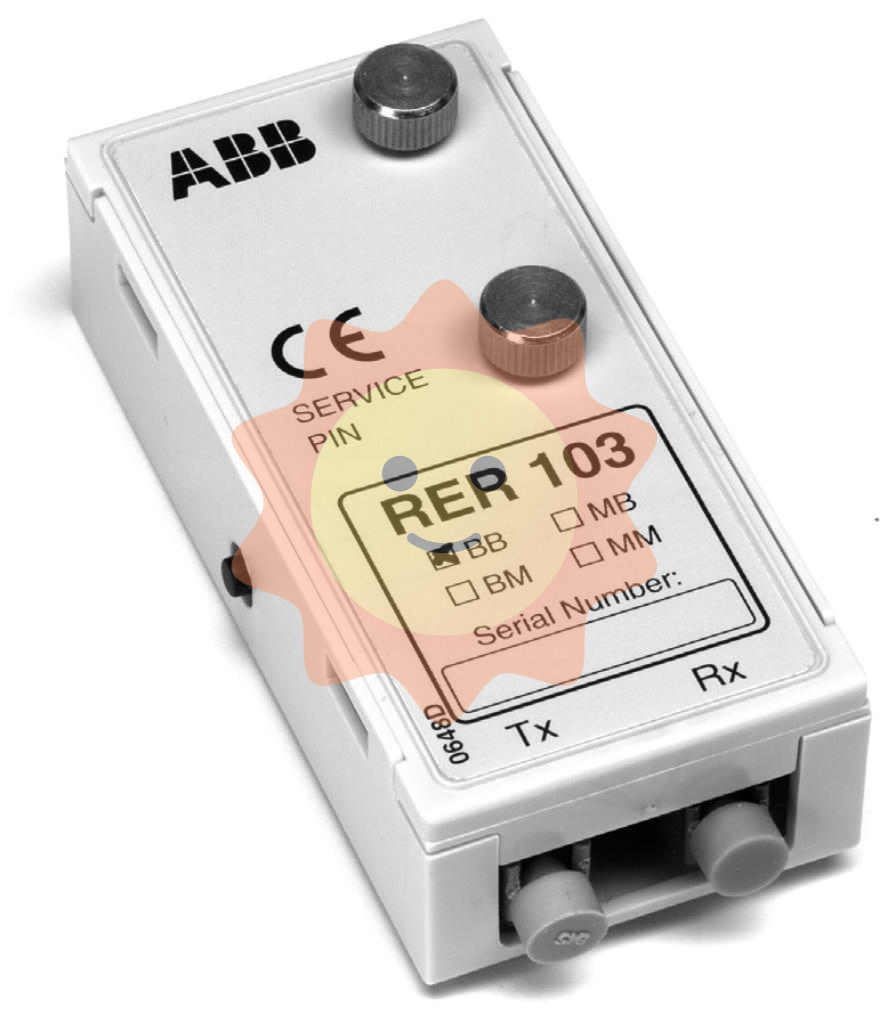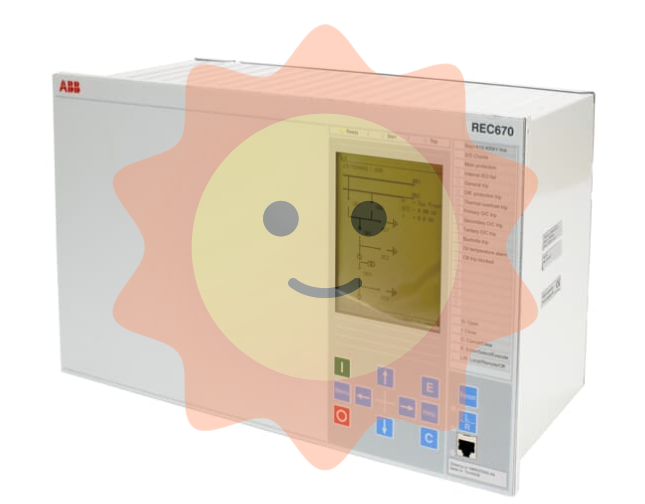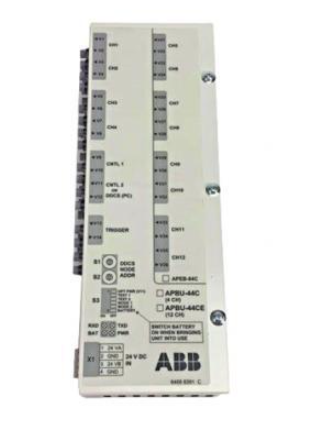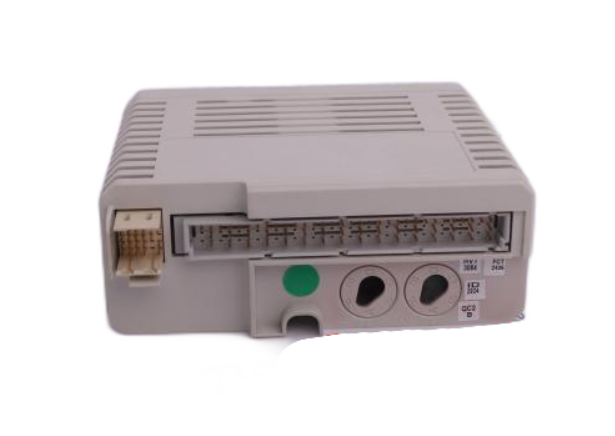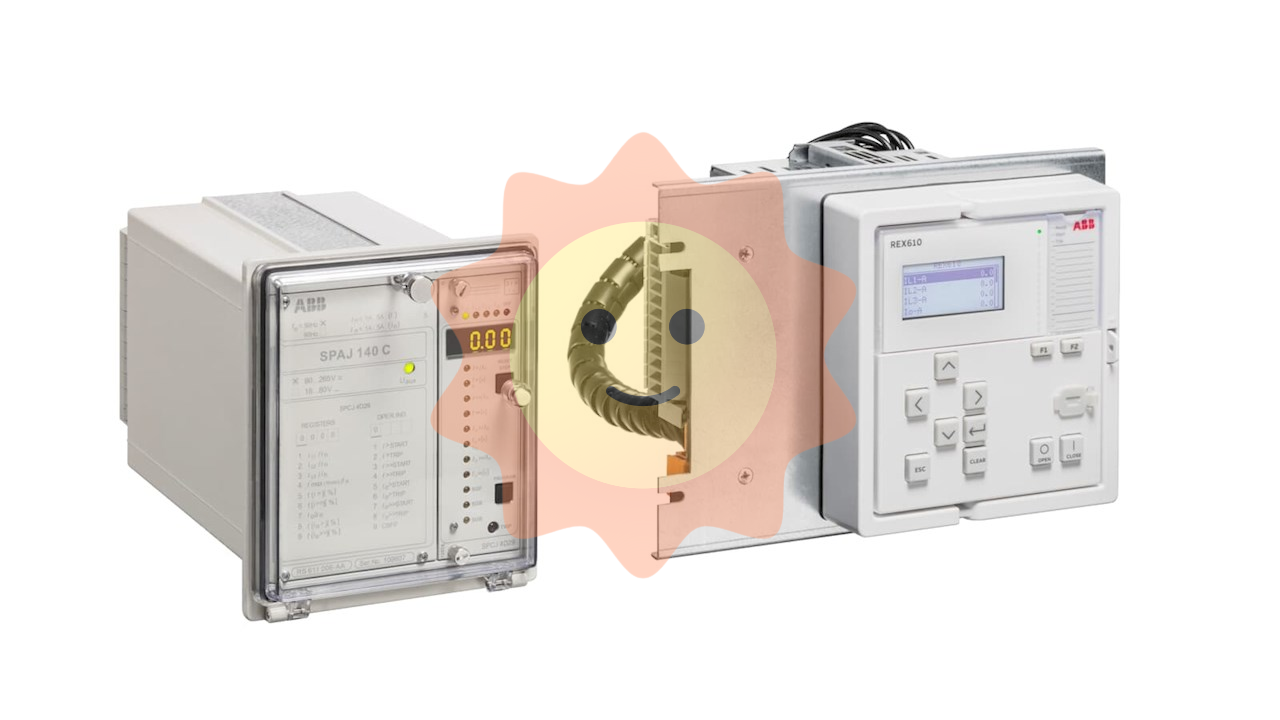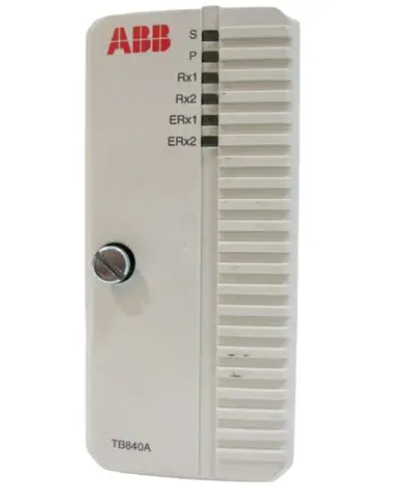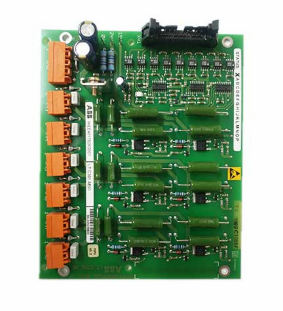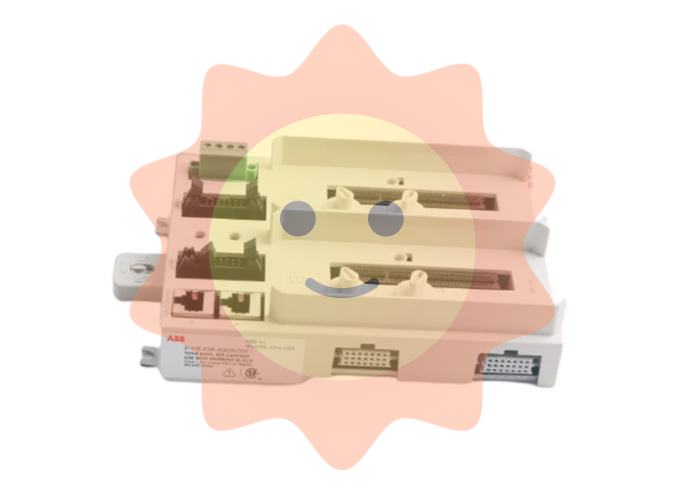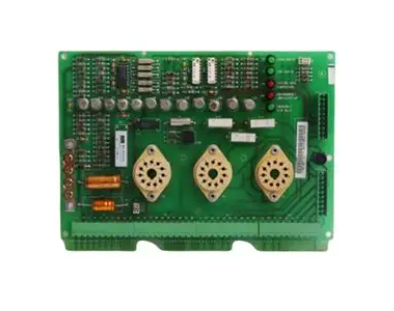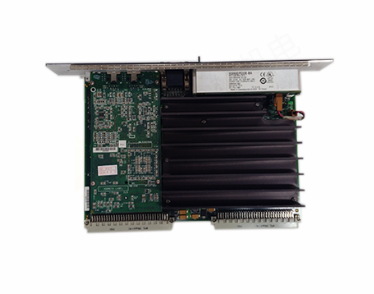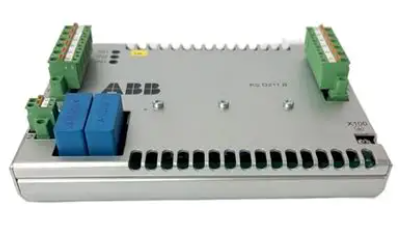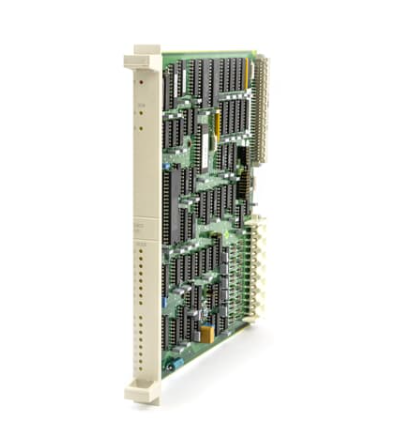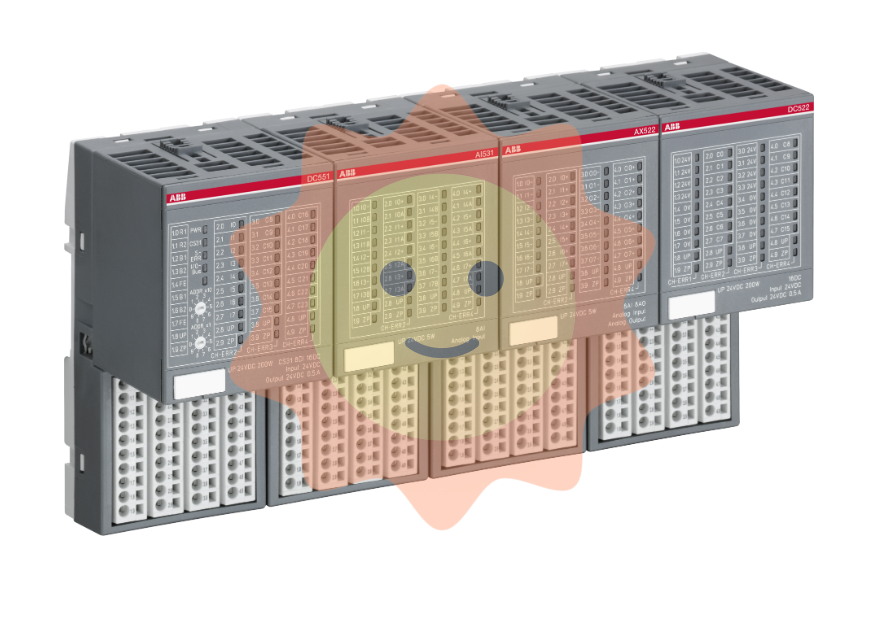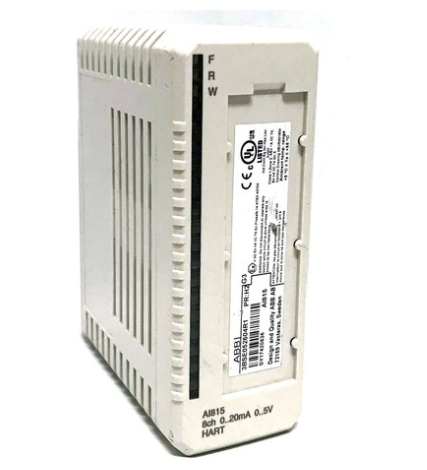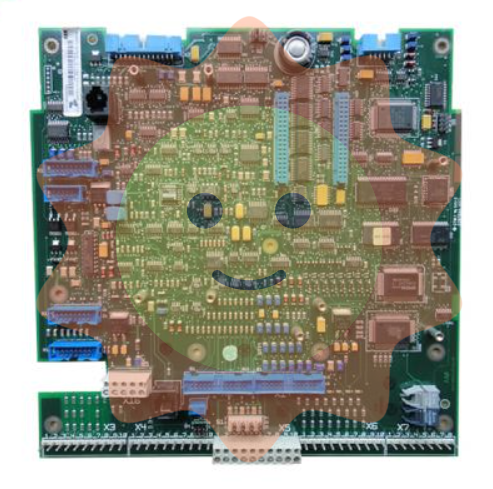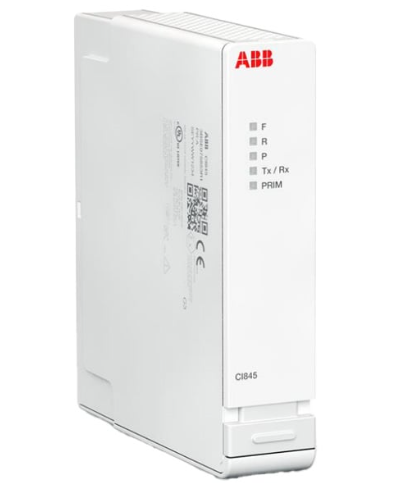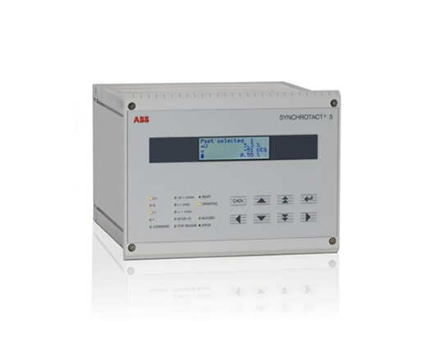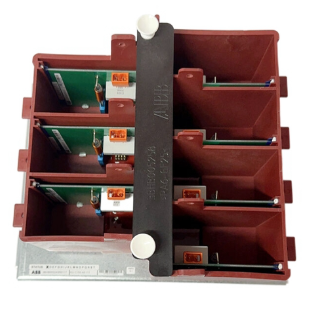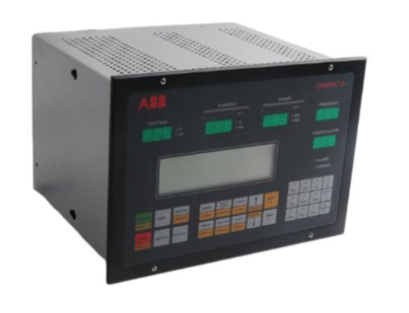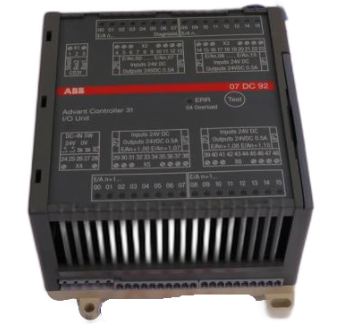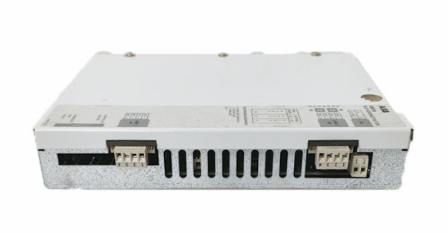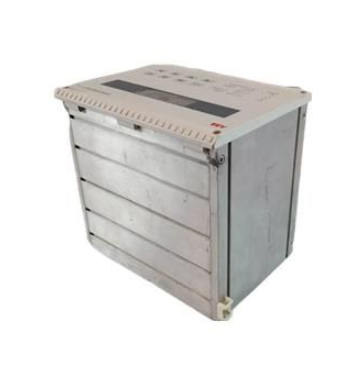ABB SPBRC300 Controller
ABB SPBRC300 Controller
ABB SPBRC300 is a bridge controller module that plays a key role in the field of industrial automation. It mainly serves ABB automation systems and is responsible for connecting different equipment or systems to achieve data transmission and precise control.
Functional characteristics
Protocol conversion and device interconnection: One significant function of this controller is the ability to connect devices using different protocols together. In complex industrial environments, various devices often follow different communication protocols. SPBRC300 can act as a "translator" and support common communication protocols such as Modbus TCP/IP, PROFINET, EtherNet/IP, breaking down communication barriers between devices and achieving interconnectivity, greatly enhancing the flexibility and scalability of the system, allowing devices of different "languages" to work together.
Efficient data transmission: Efficient transmission of data between different devices is one of the core functions of SPBRC300. Whether it is real-time collection and uploading of equipment status data on industrial production lines, or issuing control instructions from the central control system to specific executing devices, it can ensure fast and accurate data transmission, ensure smooth operation of the entire automation system, and avoid production failures caused by data transmission delays or errors.
Remote control implementation: With the help of SPBRC300, operators can control remote devices. In some large factories or widely distributed industrial facilities, on-site operations are inconvenient or dangerous. Through this controller, workers can start, stop, and adjust parameters of remote equipment in the central control room, which not only improves work efficiency but also ensures personnel safety.
System integration assistance: It excels in system integration and can integrate different subsystems into a unified system. Taking the smart factory as an example, it involves multiple subsystems such as production, logistics, and energy management. SPBRC300 can integrate these dispersed subsystems to make the entire factory operate as an organic whole, achieving efficient management of resource optimization and production processes.
Technical parameters
Communication ports: The module is equipped with a considerable number of network ports, and the physical interfaces are rich and diverse. The common one is RJ45 interface for conventional Ethernet connection, which meets the access needs of most devices; Simultaneously supporting fiber optic interfaces, it has advantages in long-distance transmission or scenarios that require extremely high data transmission stability, and its network transmission rate can also meet the requirements of fast transmission of large amounts of industrial data.
Electrical parameters: The working voltage is adapted to industrial standards to ensure stable operation in various industrial power environments; In terms of power consumption, it has been carefully designed to work efficiently while minimizing energy consumption, in line with the concept of modern industrial energy conservation and environmental protection.
Product advantages
Flexible configuration: Due to its support for multiple communication protocols, it can be flexibly configured according to different application scenarios and requirements. Whether it is building new equipment or upgrading existing automation systems, it can be easily adapted, reducing the cost and time loss caused by system compatibility.
High reliability: Adopting industrial grade design standards, from hardware material selection to software algorithms, we fully consider the complexity and strictness of industrial environments. It can operate stably under harsh conditions such as high temperature, high humidity, and strong electromagnetic interference, with extremely high reliability, providing strong support for the continuity of industrial production.
Easy installation: The modular design concept makes the installation process of SPBRC300 simple and convenient. During the installation or maintenance of factory equipment, technicians can quickly complete the installation and replacement of modules, reducing installation and maintenance costs and improving work efficiency.
Rich functionality: In addition to basic data transmission and control functions, it also provides various communication functions such as remote I/O and device management. The device management function can monitor the real-time operation status of equipment, issue warnings for equipment failures, facilitate timely maintenance, extend the service life of equipment, and reduce equipment failure rates.
Application Fields
Industrial automation production line: SPBRC300 is widely used in industrial automation production lines such as automobile manufacturing and electronic equipment production. For example, the automobile assembly production line connects robots, sensors, conveyor equipment, etc. on the production line to achieve automated control and collaborative operation of the production process, ensuring accurate and efficient assembly of automobile parts, and improving production efficiency and product quality.
Process control system: used in process control systems in industries such as chemical, power, metallurgy, etc., to achieve precise measurement and control of process variables such as temperature, pressure, flow rate, etc. In chemical production, various detection instruments and control valves are connected to adjust the production process in real time according to set parameters, ensuring stable product quality while ensuring safety and environmental protection in the production process.
Energy Management System: Plays a role in the field of energy management, such as smart grids and distributed energy systems. It connects power generation equipment, energy storage equipment, and electrical equipment to achieve real-time monitoring and precise control of energy. Optimize energy allocation, improve energy utilization efficiency, reduce energy losses, and promote sustainable energy development based on changes in power grid load and energy supply and demand.
Building automation: used in intelligent buildings to connect various building equipment such as air conditioning systems, lighting systems, elevator systems, etc. By collecting device operation data, intelligent control can be achieved, such as automatically adjusting air conditioning temperature and lighting brightness according to changes in indoor and outdoor environments, and arranging elevator operation reasonably, providing users with a comfortable, convenient, and energy-saving building environment.
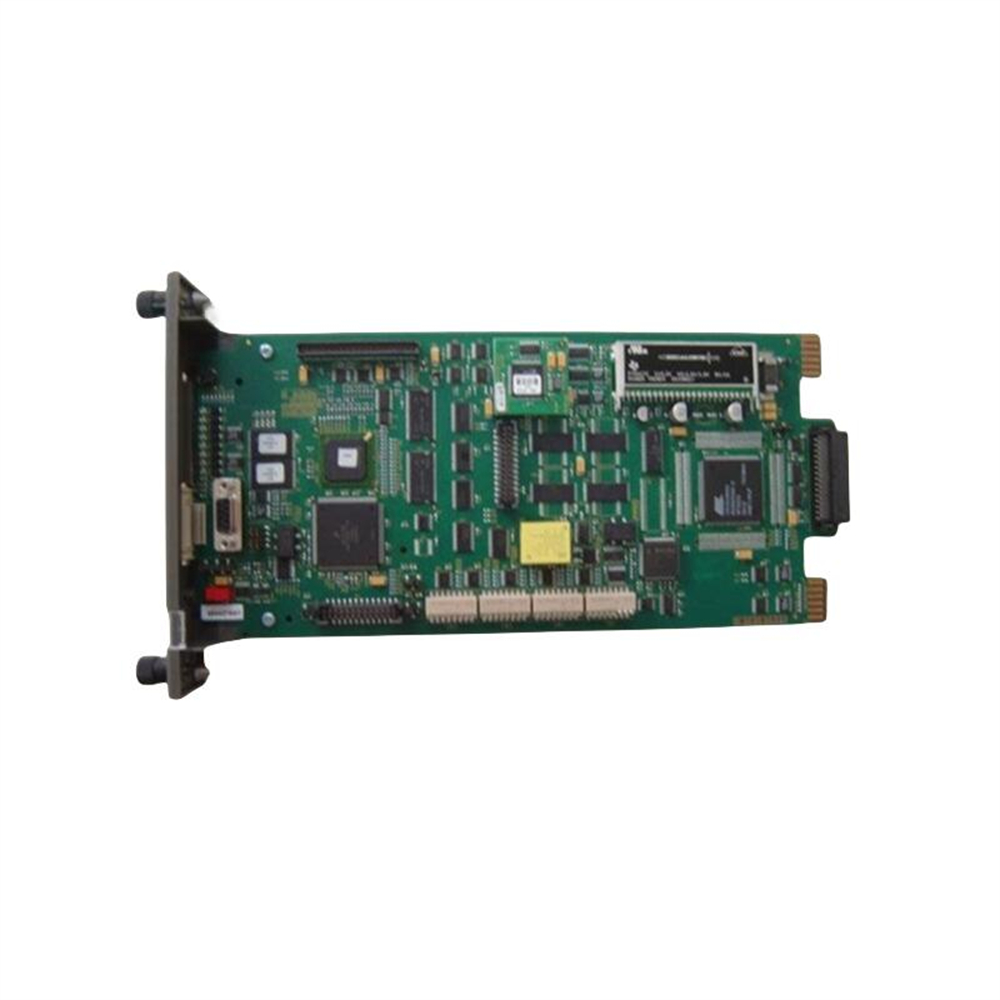
- EMERSON
- Honeywell
- CTI
- Rolls-Royce
- General Electric
- Woodward
- Yaskawa
- xYCOM
- Motorola
- Siemens
- Rockwell
- ABB
- B&R
- HIMA
- Construction site
- electricity
- Automobile market
- PLC
- DCS
- Motor drivers
- VSD
- Implications
- cement
- CO2
- CEM
- methane
- Artificial intelligence
- Titanic
- Solar energy
- Hydrogen fuel cell
- Hydrogen and fuel cells
- Hydrogen and oxygen fuel cells
- tyre
- Chemical fiber
- dynamo
- corpuscle
- Pulp and paper
- printing
- fossil
- FANUC
- Food and beverage
- Life science
- Sewage treatment
- Personal care
- electricity
- boats
- infrastructure
- Automobile industry
- metallurgy
- Nuclear power generation
- Geothermal power generation
- Water and wastewater
- Infrastructure construction
- Mine hazard
- steel
- papermaking
- Natural gas industry
- Infrastructure construction
- Power and energy
- Rubber and plastic
- Renewable energy
- pharmacy
- mining
- Plastic industry
- Schneider
- Kongsberg
- NI
- Wind energy
- International petroleum
- International new energy network
- gas
- WATLOW
- ProSoft
- SEW
- wind
- ADVANCED
- Reliance
- YOKOGAWA
- TRICONEX
- FOXBORO
- METSO
- MAN
- Advantest
- ADVANCED
- ALSTOM
- Control Wave
- AB
- AMAT
- STUDER
- KONGSBERG
- MOTOROLA
- DANAHER MOTION
- Bently
- Galil
- EATON
- MOLEX
- Triconex
- DEIF
- B&W
- ZYGO
- Aerotech
- DANFOSS
- KOLLMORGEN
- Beijer
- Endress+Hauser
- MOOG
- KB
- Moxa
- Rexroth
- YAMAHA


Email:wang@kongjiangauto.com




